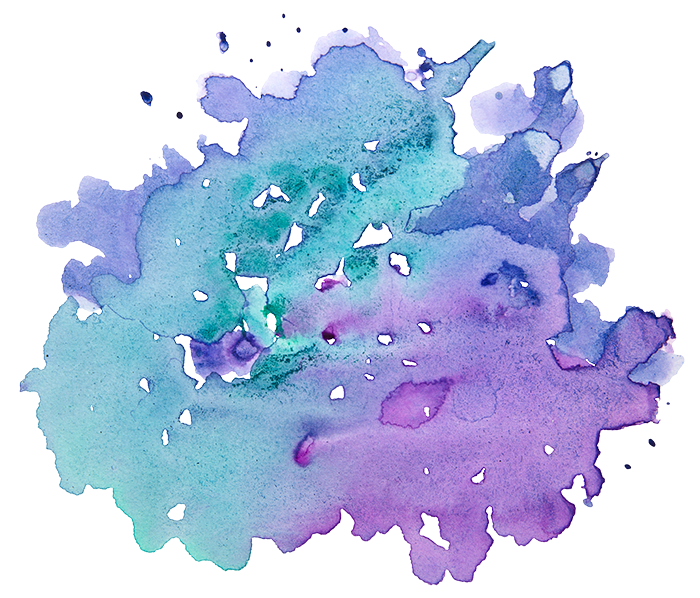by Karen Suzukamo
In 1984 my husband and I had a plan. We’d move to Minnesota for exciting jobs, work hard, explore the area, and then move back to the west coast. The thirty years since then made us into Minnesotans and taught us a thing or two about the possibilities and the limitations of plans. That being said, we never lost the desire to explore a new place by living there, to immerse ourselves, to see ourselves and our place in the world in a new light, and to reflect and grow.
Last winter we lived in Italy and Greece. A highlight of those months was our time in Sicily, particularly a visit to the ancient mikveh in Syracuse. Sicily is at the crossroads of Europe, Africa, and Asia: the Greeks, the Romans, the Byzantines, the Arabs, the Phoenicians, the Normans, and the Spaniards all left their mark on Sicilian life today with awe-inspiring buildings and art that dot the landscape. The legacy of the Jews of Sicily and of their holy space require a bit more effort to find.
Some History of Jews in Sicily
Jews came to Sicily early, most likely as slaves of the Romans around 63 BCE. There were over 30,000 Jews in more than 50 Sicilian communities at the time of their expulsion by Spain in 1492. In Syracuse, Jews were an estimated quarter of the population of the Ortygia island center.
The Mikveh in Syracuse, Sicily was built around 600 CE, hidden in 1492 and rediscovered in 1989. It was the center of the Syracuse Jewish community. In the Middle Ages, the community would have first built a mikveh before building a synagogue or purchasing a Torah scroll. The mikveh was in use for almost 1,000 years, from its construction during the Byzantine era (around 500 CE) until the expulsion of the Jews from Spanish controlled Sicily in 1492. When the Jews of Syracuse were forced to flee or hide their faith, they decided to hide the mikveh. Tons of stone and sand were used to fill in the entrance, making a courtyard patio and preserving the mikveh 60 feet below. It remained hidden, lost to memory for 500 years.
In the late 1980s, the family that lived on the property for hundreds of years, long considered to be anusim (Jews forced to abandon their faith), sold their house to be developed into a boutique hotel. During the construction, the mikveh entrance and the preserved baths were discovered. The mikveh is now open for guided visits and is used by the very small Jewish community in the area.
I ignored the warnings of our tour guide that the mikveh was down narrow, dark, slippery steps and headed off for a visit on a free afternoon. The mikveh is not well known, but there were about twenty fellow visitors. The steps are indeed narrow and dark, and visitors are not allowed to carry anything. I liked this. It was appropriate to leave our possessions behind, just bringing ourselves to the mikveh. Prior to the tour I sat in the hotel’s patio area to read about the mikveh directly below me.
Syracuse is a city of the sun, the sea, and the volcano. The bright Mediterranean light shines down on you, on the pale stones of the buildings and the sea. I felt my spirit lift as I walked this 3,000 year old city, sat in the cafes, and listened to the sounds of birds, wind, waves and Italians enjoying the company of each other in this beautiful place.
Then it was time to very carefully walk down into the dark, cool, quiet earth, time to touch the rock at my side and see the chisel marks made over 1,500 years ago to carve that wall, that step, that room. It was awe-inspiring to think about the effort that went into making this sacred space, about the choice to carve the mikveh deep into the earth, far removed from the pace and the trials of life on the surface. As I left the surface literally to walk down to a separate, deep time and space for purification, it was special to hear the sound of running fresh water and breathe damp air, to imagine what it was like to come into this space when it was lit by candles and lanterns and one fresh air shaft, to see the three small pools in the center and the two private pools to the sides and think about who used which one and why.
To imagine generations of Jews who came here for a holy ritual and found comfort and meaning in their experience; who found connection to self, to the earth, to community, to God… I listened to the guide as she explained the mikveh, first in Italian and then in English. And I looked and breathed and touched and listened to absorb this moment, created for me, for you, by Jews 60 generations ago.
This winter we sought a place to immerse ourselves, to see ourselves and our place in the world in a new light, to reflect and to grow. I found it there.
Karen Suzukamo is a member of Mount Zion Temple in St. Paul, Minnesota. She describes her current occupation as ‘adventurer’ rather than ‘retired’, a far more accurate reflection of her desire to explore, appreciate, and contribute to the world around her.



